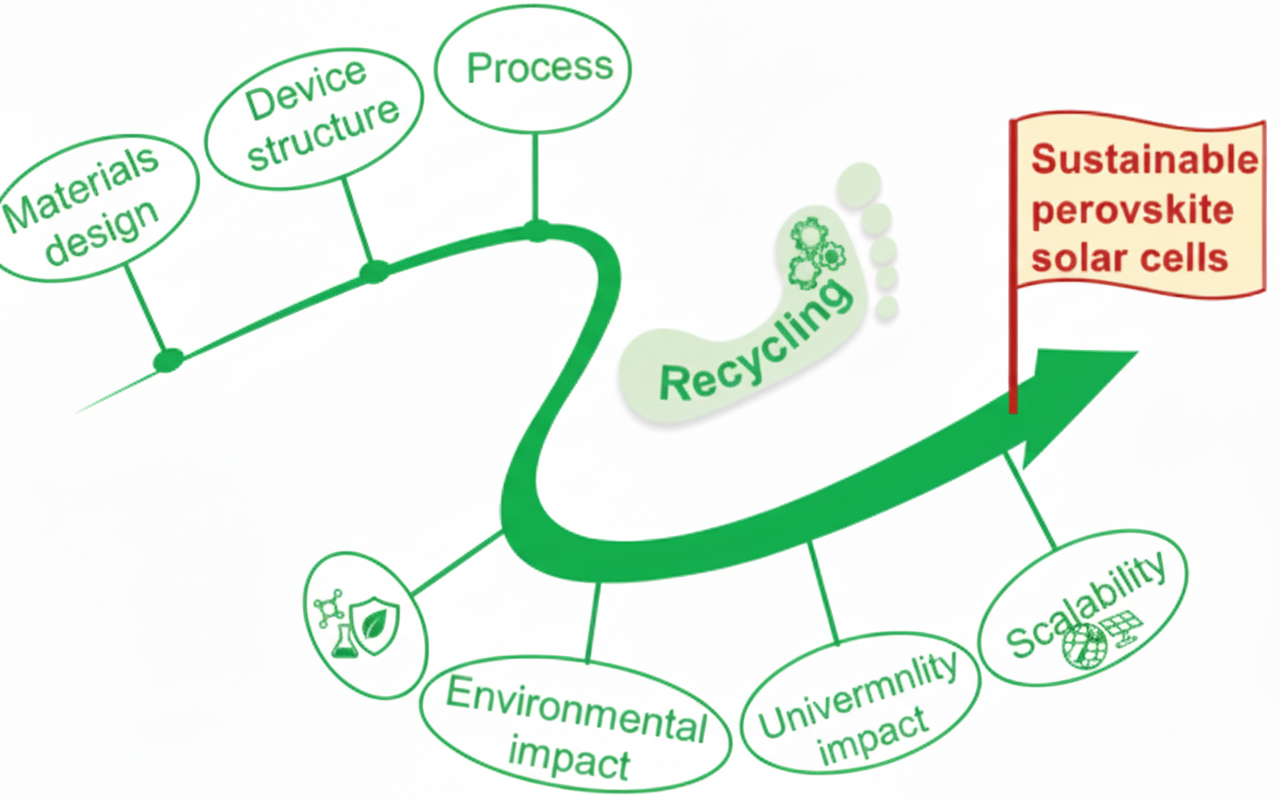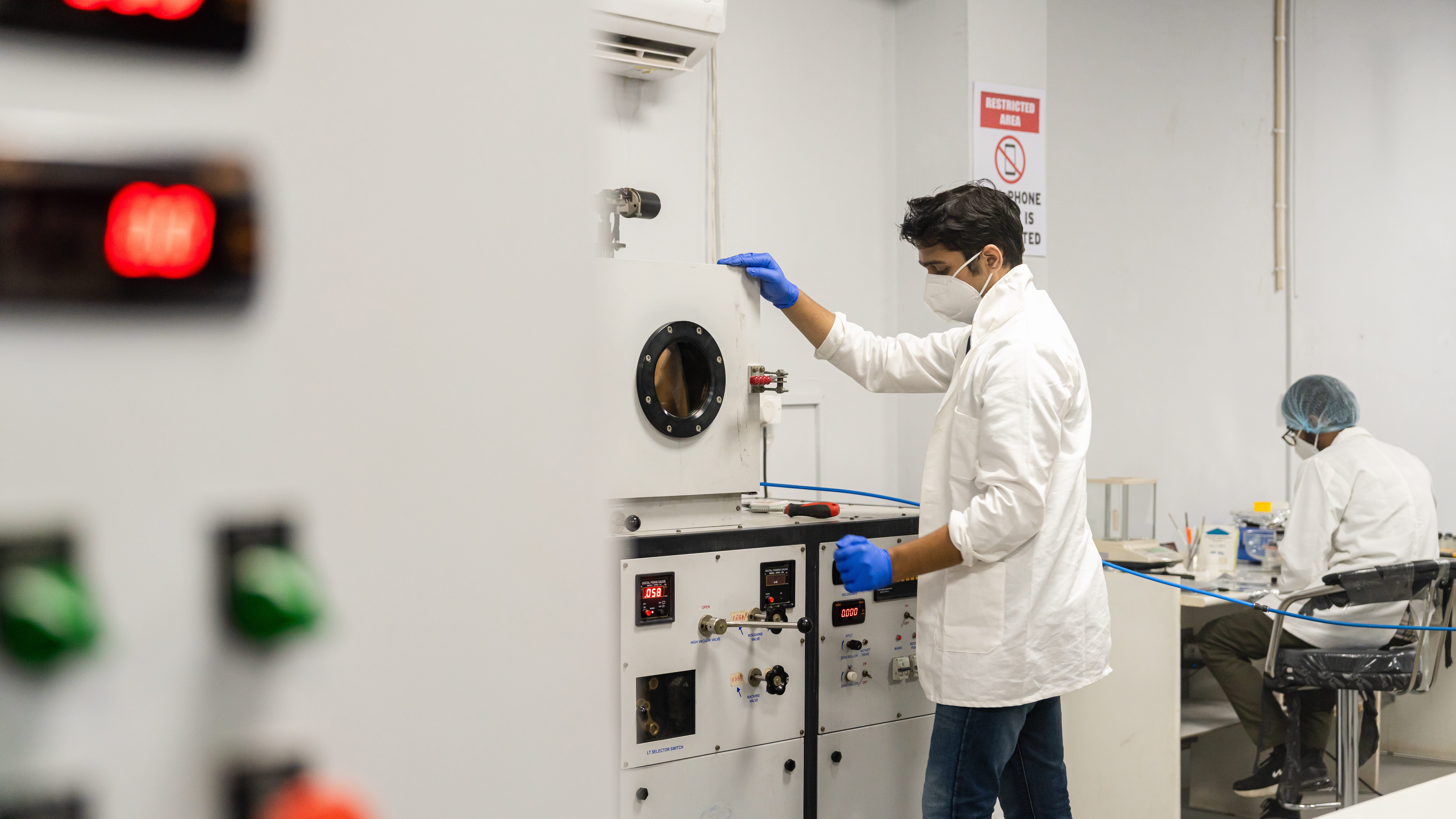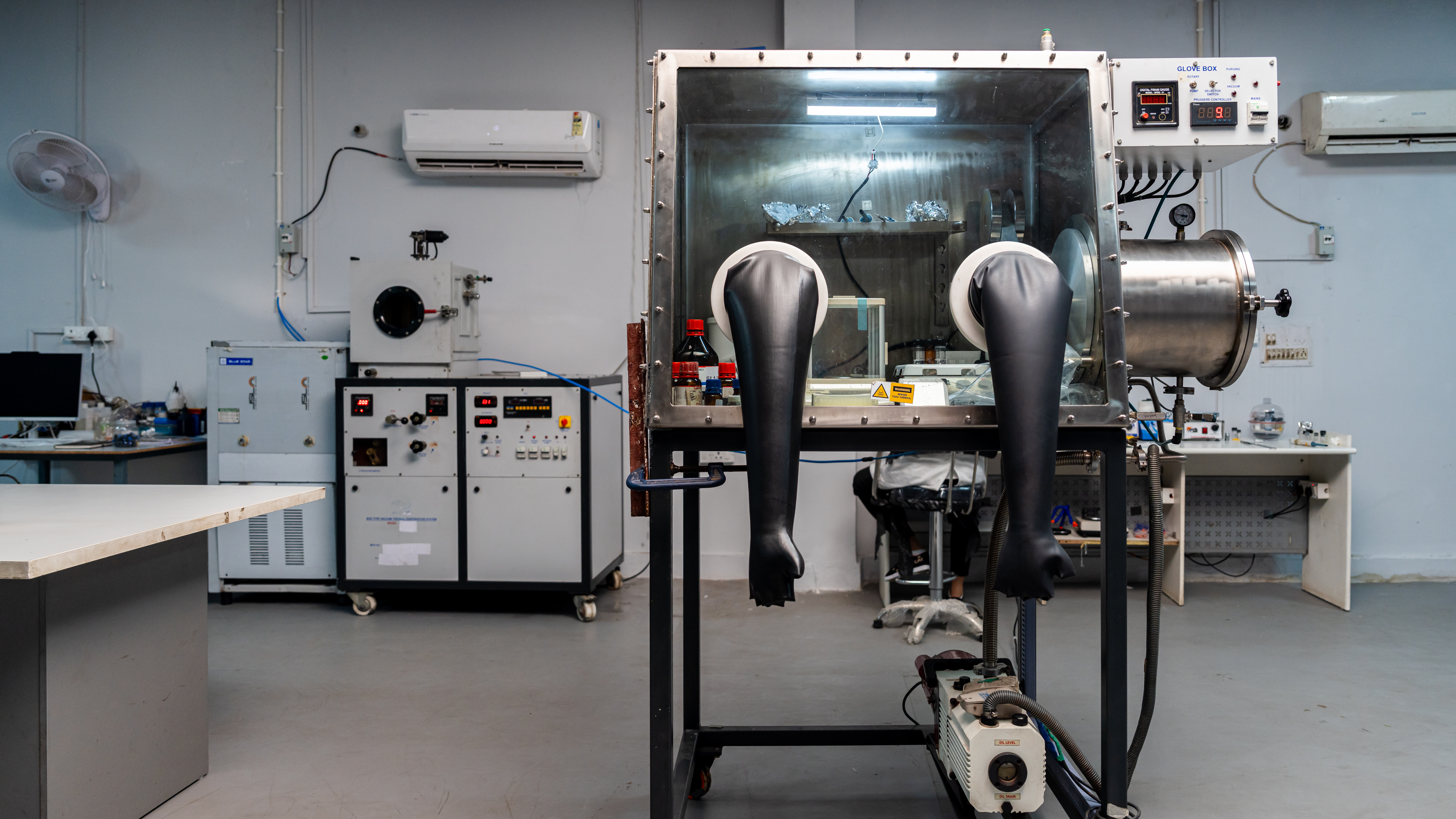The global push for clean, reliable and affordable energy is stronger than ever. As governments, industries and communities work to reduce carbon emissions and achieve net-zero energy systems, solar power continues to lead the renewable energy transition. Among emerging technologies, perovskite solar cells (PSCs) have become a game changer in sustainable energy solutions, offering efficiency, flexibility and scalability that commercial panels struggle to match.
At P3C Technology Solutions, we are actively advancing perovskite technology to deliver real-world impact through our products and research.
What Makes Perovskite Solar Cells Special?
Starting with What is Perovskites? Perovskites are materials with a unique crystal structure capable of efficiently converting sunlight into electricity. They offer several advantages over conventional based solar cells:
High efficiency at lower costs: Perovskite cells have achieved lab-scale efficiencies exceeding 25%, where as commercial solar has reached its theoretical value. At P3C, our 1ft × 1ft modules MySun Glass (rigid) and MySun Flexible currently reach 16% efficiency, demonstrating the potential of large-area perovskite deployment.
Tunability and scalability: Each perovskite cell generates around 1.2 V. By optimizing the patterning, we can scale output up to 50 V, making it suitable for a variety of applications.
Lightweight and flexible: Unlike thick Canventional module's wafers, perovskite layers can be coated on lightweight, flexible substrates, enabling integration in vehicles, wearables and building materials.
These features make PSCs not just an alternative but a next-generation complement to traditional solar technology.
Driving Sustainability Through Perovskites
Sustainable energy requires more than electricity generation it encompasses manufacturing, material use and lifecycle management. Perovskite solar cells address these sustainability challenges:
Reduced manufacturing footprint: Commercial Solar production involves high temperatures, extensive energy consumption and significant water use. Perovskite layers can be coated using solution-based methods at low temperatures, minimizing energy input and environmental impact.
Minimal material usage: Traditional wafers are thick and resource-intensive. In contrast, perovskite films are only a few hundred nanometers thick, reducing raw material consumption while maintaining high efficiency.
Decentralized energy access: Lightweight and portable, perovskite modules can power remote homes, schools and health facilities without relying on grid infrastructure.
Integration into everyday applications: Perovskites expand solar integration beyond rooftops. They can be used as vehicle mounted panels, windows or wearable electronics. At P3C, we are actively collaborating
with Tata Motors to implement Flexible perovskite modules on the Tata Ace–Chhota Hathi, enhancing mileage by generating additional energy.
P3C’s Innovation in Large-Area Perovskite Modules
At P3C, we are proud to have scaled perovskite coating to 1 ft × 1 ft modules. Our MySun Glass (rigid) and MySun Flexible products are undergoing rigorous research to improve lifespan and durability, focusing on stability under humidity, temperature and UV exposure. This work ensures that perovskite solar technology is not only high-performing but also long-lasting, bridging the gap between lab-scale success and real-world deployment.
The ability to tune voltage and pattern cells enables versatile applications—from grid-tied systems to off-grid energy solutions—while maintaining efficiency and reliability.
Overcoming Challenges
Despite its promise, perovskite technology faces challenges before widespread adoption:
Stability and durability: Sensitivity to moisture, heat, and oxygen requires advanced encapsulation and material engineering. P3C’s ongoing research is addressing these concerns to ensure multi-year performance.
Scalable manufacturing: Moving from lab-scale cells to large, reliable modules requires process optimization and standardization.
Environmental safety: Some perovskite formulations contain lead. Developing lead-free alternatives and safe recycling methods is essential for sustainable commercialization.
The Future of Renewable Energy
Perovskite solar cells represent the future of renewable technology. Their combination of high efficiency, flexibility, and tunability positions them as a transformative solution for global energy needs. At P3C, our focus on large-area modules, R& D for extended lifespan and practical implementations in vehicles and wearables demonstrates how perovskites can reshape energy access and sustainability.
By complementing existing silicon technologies and pushing the boundaries of solar applications, perovskite technology offers a path toward cleaner, greener and more resilient energy systems.
Conclusion
The journey toward a sustainable energy future is accelerating, and perovskite solar cells are a cornerstone of this transformation. From high-efficiency MySun Glass and MySun Flexible modules to innovative applications like vehicle integration and wearable electronics, P3C is pioneering real-world solutions that combine performance, versatility and sustainability.
Perovskite technology is more than a breakthrough it is a practical, scalable, and adaptable solution for meeting the world’s growing energy demands while minimizing environmental impact. As we continue research to improve durability and lifespan, P3C is helping bring renewable energy and green technology into everyday life, powering a sustainable future for communities, industries, and the planet.
For more details



